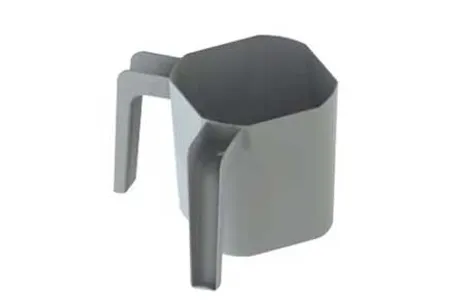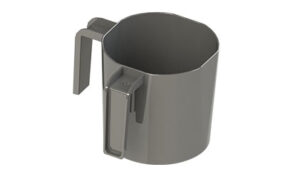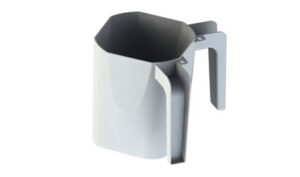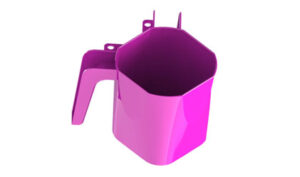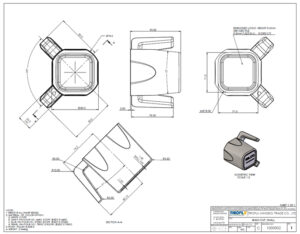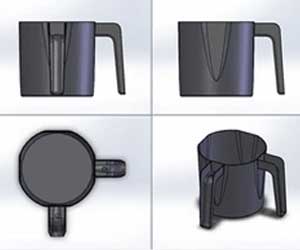What is injection molding?
Injection molding is a manufacturing process for producing parts.
The process involves injecting material into a mold, which forms the desired shape.
Injection molding is one of the most common methods of manufacturing plastic parts used in the automotive, construction, and medical industries. It is also used to produce small components in electronics and other industries.
Injection molding was developed in the late 1800s and became popular during World War II because it enabled mass production of military hardware.
The process has evolved but remains one of the most popular methods for creating plastic parts.
injection molding process
A wide range of products manufactured with injection molding differs significantly in size, complexity, and application. It involves using an injection molding machine, plastic raw material, and a mold. Injection molding consists in melting plastic in a machine and injecting it into a mold, where it cools and solidifies.
Injection molding is one of those processes that has captivated the imaginations of technologists, makers, and tinkerers since before the advent of computing.
Plastic components are more fine-tuned than ever before due to computer development.
Its primary function is to take two plastic materials and force them together under a specific amount of pressure and heat, leading to their joining with a clean finish.
Injection molding has existed in various forms since its first use in 1888 by inventor Charles Hurworth. It became popular after word spread about it following the 1915 Panama-Pacific International Exposition due to its viability for producing complicated shapes that were easy to make with less fabricating effort than traditional methods like hand laminating or formed steel or wooden molds.
—
What applications use in Injection molding
Many applications use Injection molding due to its ability to quickly produce large volumes of various parts and shapes. Other similar techniques, such as blow molding, might sacrifice surface detail to create objects rapidly; however, injection molding has no such tradeoffs.
—
Injection molding involves using two molds, a male and a female. A plunger injects polymers into the mold cavity through pressure.
Injection Molded products are economical, easy to produce, and versatile. They can range from seconds to minutes in cycle time and not any form because factories can inject plastics continuously until they shut off.
The injection molding process is more successful because this process lies in the use of a mold usually made of metal, rubber, ceramic, or thermoplastic. Manufacture using this mold to contact the injection molding pressure much faster than traditional hot-chamber type injection molding.
However, other industries have also adopted the process. They have mixed it with other procedures, such as fabrication and assembly, to produce complete products like cars, bikes, and even furniture frames because of the reduced costs of making these parts vs. obtaining them from parts mills.
Some machines for this process may cost between 20 million to 50 million dollars.
—
What polymer is used in injection molding?
Injection molding is a subset of plastic manufacturing that shapes the liquid polymer with high temperature and pressure to form a solid object.
Injection Molding is very common in producing electronic devices like mobile phones and laptops, medical equipment, computer parts, etc.
—
Manufacturing companies often use Injection molding to create a part.
Computer-Aided Design (CAD) is also used to generate the desired part structure.
Please contact us if you are interested in learning more about Tiroflx solutions and options for Injection molding manufacturing and how we can help you develop your products.

